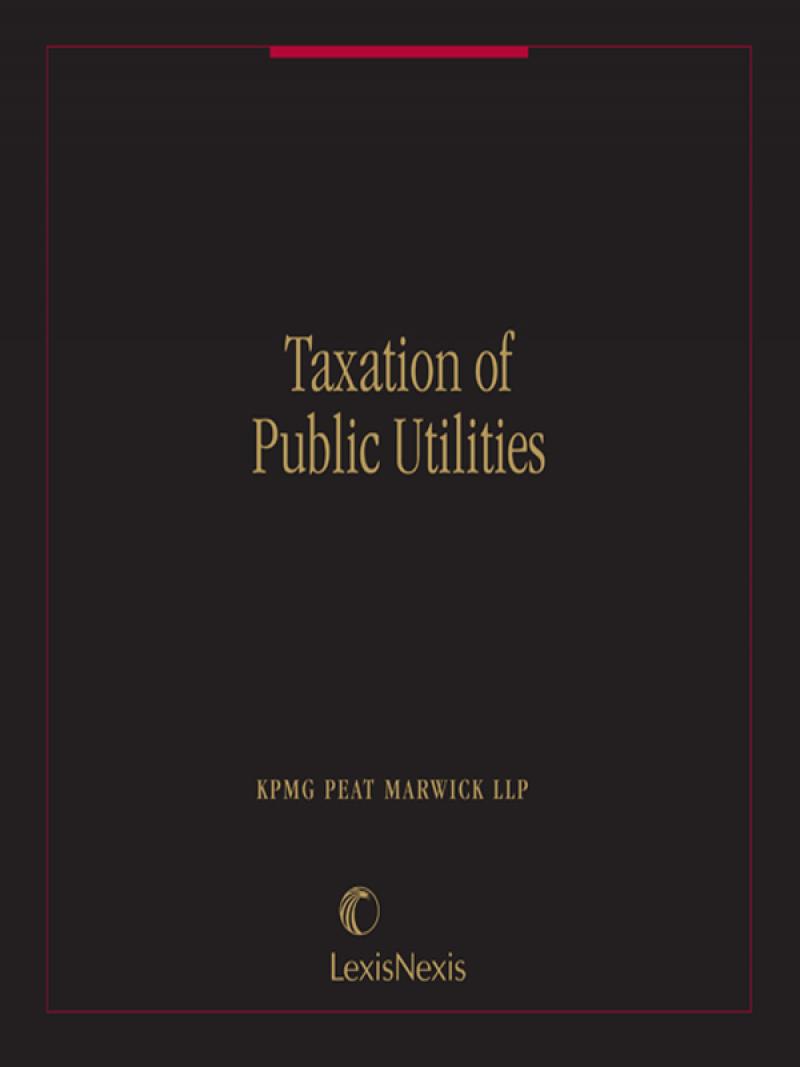

Electricity consumed at peak times is charged at a higher price than electricity used at off-peak times. The lowest price block of usage is called baseline.Ī time of use rate has different prices for when energy is used. As usage increases over the billing period, customers pass from the lower priced block of usage to the higher priced blocks. There are two types of volumetric-only rates, tiered and time-of use.Ī tiered rate has different prices for different amounts of usage. Most residential and small commercial rates are volumetric only. Other rate components are also derived from this process.Ī volumetric-only rate charges a ¢/kWh* rate for electricity consumed. At its most basic, a utility divides the amount that needs to be collected from each class by the forecasted or historical amount of sales in that class, resulting in a ¢/kWh rate. Lastly, the utilities propose different methods for collecting the 'slice' of the pie from each customer class (e.g. One can think of this as "slicing the pie." This is part of the General Rate Case Phase 2 process. In most cases, all types of customers use all of the utility’s services, but some types of customers may use more or less of some services than others. This is determined by examining what and how much of each of the utility’s services are used by different types of customers. For example, how much of the pie residential customers should pay for versus commercial or agricultural customers. Next, the utility submits an Application to determine how much of the revenue (or “pie”) should be collected from different customers. This is the General Rate Case Phase 1 Process. Think of this as determining the size of the “pie” that the utility can have. The CPUC reviews this request and approves or modifies the amounts requested.
California public utilities code plus#
This amount of revenue is intended to cover the utility’s costs plus a pre-approved rate of return, established in the Cost of Capital proceeding. The investor-owned utilities periodically submit an Application to the CPUC requesting to collect a certain amount of revenue from its customers.
California public utilities code code#
*Public Utilities Code section § 451 requires that the CPUC determine whether a utility's proposed rates, services, and charges are just and reasonable.

Rate Design Window proceedings are shorter proceedings in between GRC Phase II cycles which address rate design issues. GRC Phase II proceedings follow GRC Phase I proceedings and occur on a three year cycle for the three large utilities.

General Rate Case (GRC) Phase II proceedings review and approve the ways that costs are allocated to different customer classes and how those costs are collected from those classes. The following types of regulatory proceedings address rates and rate design: Rates are set in formal CPUC proceedings called ratemaking proceedings. Once a utility's revenue requirement has been determined, a utility must propose what rate will be charged to customers in order to recover the revenue requiremen t. The CPUC must approve* all rates that each electric utility charges its customers.


 0 kommentar(er)
0 kommentar(er)
